Bronze Age Shipwrecks in the Mediterranean Sea
The Minoan shipwreck at Pseira 1725 to 1675 BC
The Pseira shipwreck yielded a large quantity of Minoan ceramics dated between 1800 and 1675 BC
By Nick Nutter on 2023-11-3 | Last Updated 2025-05-20 | Bronze Age Shipwrecks in the Mediterranean Sea
This article has been visited 3,118 times

Pseira island
Where was the Pseira shipwreck found?
The wreck was found off the islet of Pseira in Mirabello Bay, East Crete
Do you enjoy my articles? For your reading pleasure, this website does not carry third party ads. You could help me write more articles by buying me a cup of coffee.
About the Pseira wreck site
During the Minoan period, Pseira had two harbours on its southern side facing Crete, both of which were protected by peninsulas where ships anchored. From the main harbour, a grand stone staircase led up to a town that consisted of about 60 buildings. Like a great many islands during this period, the small Minoan islet of Pseira seems to have depended on its harbour and trade relations to compensate for poor land, few natural resources, and a hungry population. Pseira is only about 2 kilometres long. It is located just off the coast of northeast Crete, at the eastern end of the Gulf of Mirabello.
Who excavated the Pseira shipwreck?
It was excavated between 2004 and 2009 by the Greek Archaeological Service, directed by Elpida Hadjidaki-Marder.
When did the Pseira wreck sink?
Between 1725 and 1675 BC
How was the Pseira ship built and what were its dimensions?
There is nothing left of the wreck, so it is impossible to know how it was built or how large it was. However, Hadjidaki has estimated the length of the boat as between 10 and 15 metres from the dispersal pattern of the cargo.
Who were the people who owned and operated the ship?
The cargo from the wreck gives no clue as to who owned or commissioned the wreck.
Where did the crew of the Pseira shipwreck originate?
The cargo from the wreck gives no clue as to where the crew originated.
What was the cargo on the Pseira ship?
The cargo includes the largest known corpus of complete and almost complete clay vessels from a single Middle Minoan IIB deposit. To date, Hadjidaki's team has raised some 209 ceramic vessels, about 80 of which are nearly whole and clearly identifiable as types of amphoras and large jars that would have transported liquids, possibly wine and olive oil, though no residues remain. A handful of artifacts, including cooking pots, jugs, a few cups, and fishing weights, likely belonged to the ship's crew.
Where did the Pseira cargo come from?
The type of clay from which the cargo was made, indicated that the ceramic vessels came from two sources on the east coast of Crete.
What was the purpose of the cargo?
Pseira was a small island with few resources. It depended on imports of food and most household goods to survive. It is likely that the cargo of the Pseira wreck was to be traded for the delicate stone vases that were manufactured using the distinctive dark green serpentine found on the island.
Where did the Pseira ship come from and where was it going?


Remains on the ancient town on Pseira
The ship was probably Minoan and originally from Crete. It is not known whether the ship was headed from the island, toward the island, or anchored there, accidentally floating out and sinking.
Why did the Pseira ship sink?
It is not known why the Pseira ship sank. It is likely, from the distribution of artifacts on the seabed and the fact that many were upside down, that the Pseira ship was overturned in a storm whilst at anchor.
Political situation at the time
The Pseira ship sank during a period of relative peace in the eastern Mediterranean. The years 1725 to 1675 BC were between the periods known as the Middle Minoan II, when the first 'palaces' more recently interpreted as administrative centres, had been destroyed, probably following a series of earthquakes, and the Middle Minoan III period, during which the Minoans rebuilt many of the administrative centres. It is during this period that the cultural influence of the Minoans made an impact on the Mycenaean mainland.
Ongoing Research
The ceramics found at the wreck site are still being examined to determine their exact age. Philip Betancourt has preliminarily dated all the vessels to roughly 1800-1675 BC.
References
https://archive.archaeology.org/1001/etc/minoan_shipwreck.html
Bonn-Muller, E. (2010). First Minoan Shipwreck. Archaeology, 63(1), 44 - 47. http://www.jstor.org/stable/41780567
Betancourt, Philip P. "The Stone Vessels of Pseira." Expedition Magazine 32, no. 3 (November 1990): -. Accessed November 02, 2023.
https://www.penn.museum/sites/expedition/the-stone-vessels-of-pseira/
Do you enjoy my articles? For your reading pleasure, this website does not carry third party ads. You could help me write more articles by buying me a cup of coffee.
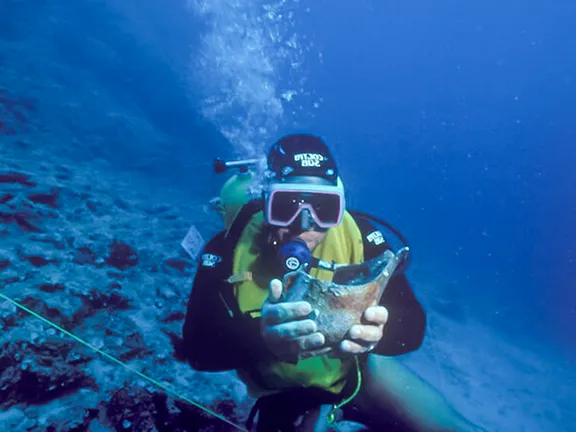 1: Dokos Shipwreck 2200 BC
1: Dokos Shipwreck 2200 BC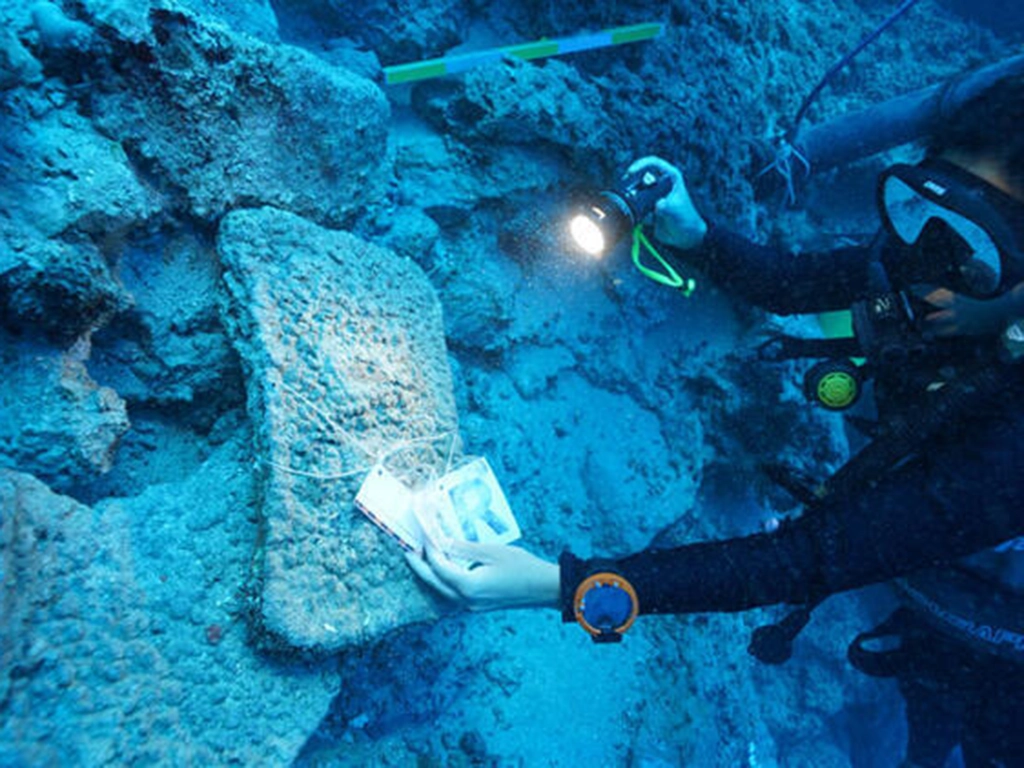 3: Kumluca shipwreck 1600 - 1500 BC
3: Kumluca shipwreck 1600 - 1500 BC 4: Uluburun Shipwreck 1335 - 1305 BC
4: Uluburun Shipwreck 1335 - 1305 BC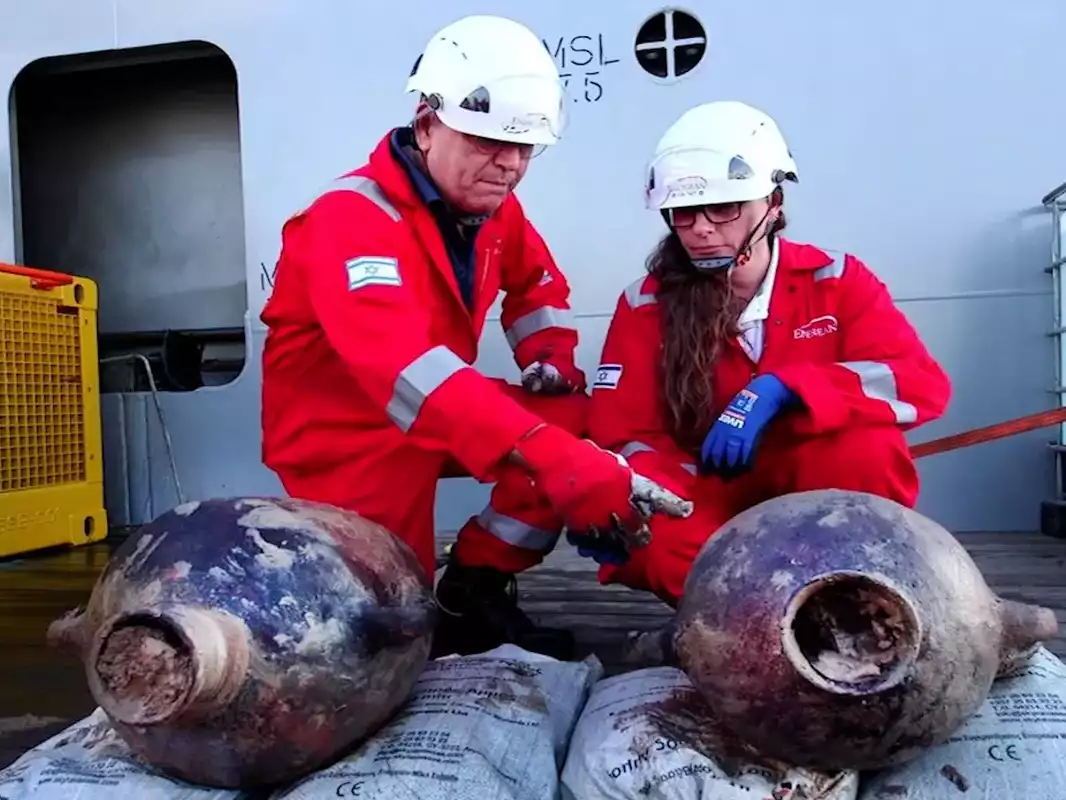 5: Deep Water Late Bronze Age Wreck
5: Deep Water Late Bronze Age Wreck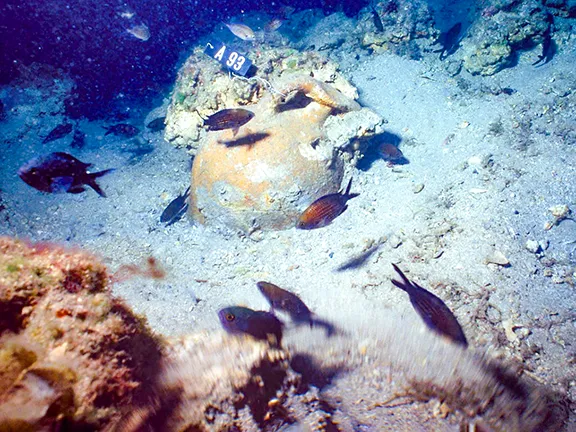 6: Point Iria Shipwreck c 1200 BC
6: Point Iria Shipwreck c 1200 BC 7: Modi Island Shipwreck c1200 BC
7: Modi Island Shipwreck c1200 BC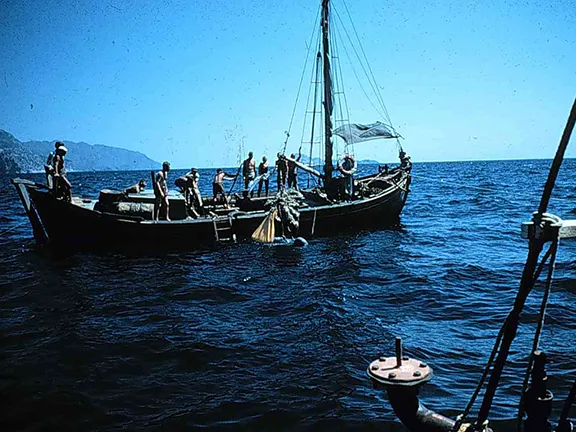 8: Cape Gelidonya shipwreck c 1200 BC
8: Cape Gelidonya shipwreck c 1200 BC 9: Late Bronze Age wrecks on the Carmel coast
9: Late Bronze Age wrecks on the Carmel coast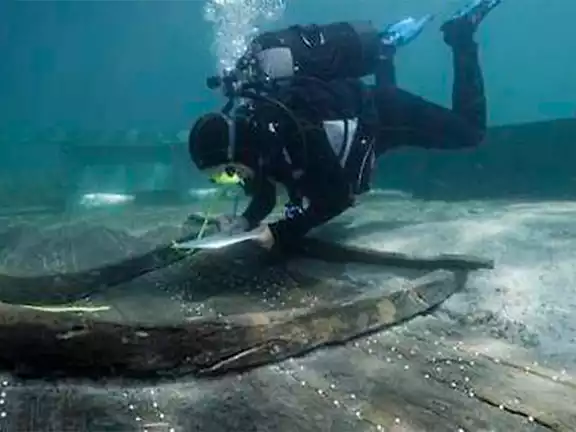 10: Bronze Age boatbuilding techniques
10: Bronze Age boatbuilding techniques 11: Bronze Age Wrecks - Summary
11: Bronze Age Wrecks - Summary